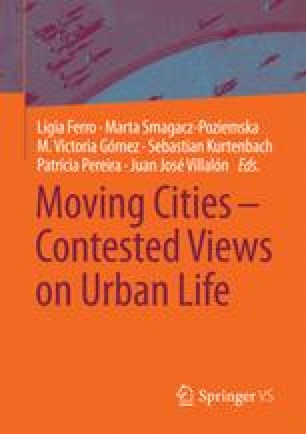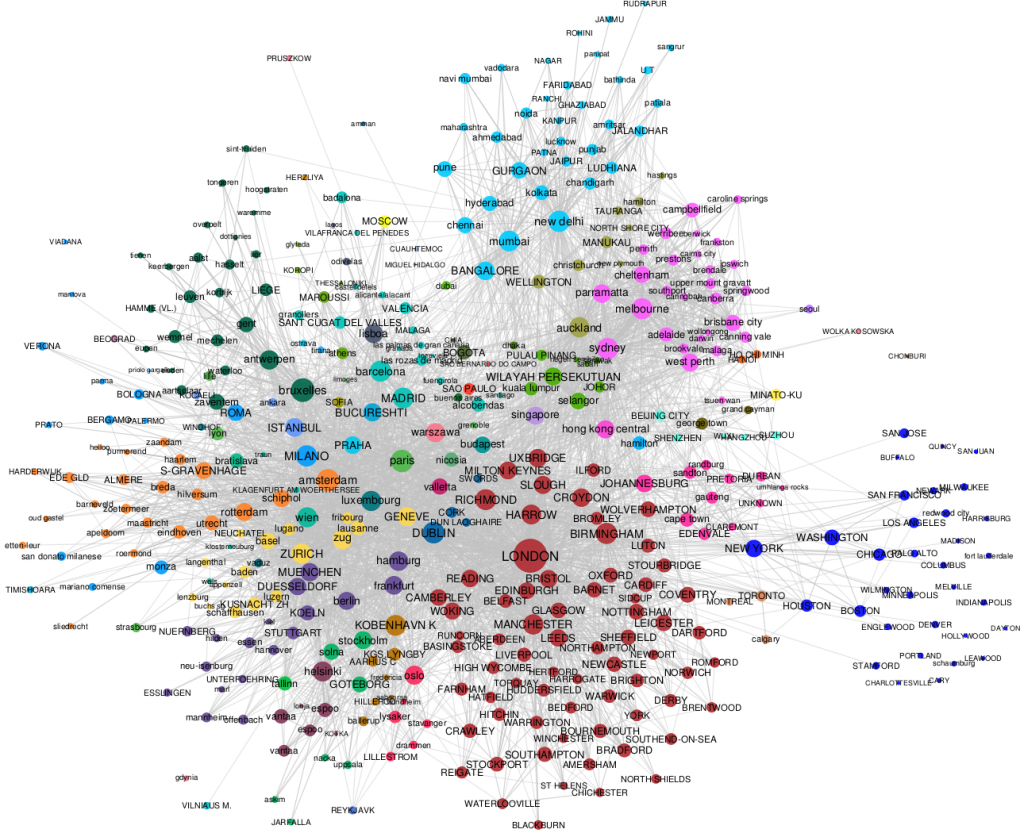


One reason for this disagreement is that the relationship between economic development and urbanization is complex causation runs in both directions. It is thus unsurprising that rapid urban growth has been dubbed one of the biggest challenges by skeptics and one of the biggest opportunities by optimists. The 750 biggest cities on the planet account for 57% of today’s GDP, and this share is projected to rise further. On the other hand, urban areas are engines of economic success. One-third of the urban population in developing countries resides in slum conditions.

The inflow of poor rural residents into cities has created hubs of urban poverty. This trend will be most prominent in developing countries in Africa, Asia and Latin America: More than 90% of the global urban growth is taking place in these regions, adding 70 million new residents to urban areas every year.įor the many poor in developing countries, cities embody the hope for a better and more prosperous life. By 2050, two-thirds of all people on the planet are projected to call urbanized areas their home. Today, a majority of the world’s population lives in cities. JEconomic growth and developing world cities: The benefits of urban clusteringīy Stefanie Knoll, The Journalist's Resource June 3, 2014 Economic growth and developing world cities: The benefits of urban clusteringīy Stefanie Knoll, The Journalist's Resource


 0 kommentar(er)
0 kommentar(er)
